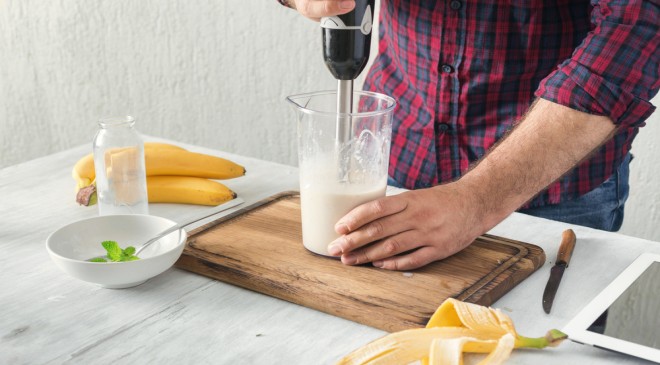Circling back to the time, when battery life was never a problem with gadgets- a Nokia phone once charged could get one to two days straight without charging again. The reasons were obvious to limited-tasking by our small-screen calling phones functioning without outside installation. But with evolution building upon the arms of technology, phones aren’t restricted to the purpose of calling. This advancement could only progress with a bigger screen, heavier processor, better memory and unbulky designed phones- known to the modern world as smartphones. Phones had to perform better and faster. But this came with a price of investing huge amounts to battery life because it’s never perfect. These smart-phones were functioning beyond a limited range resulting in increased screen-time and multi-tasking.
Yet, there are always smart decisions once can partake to improve their gadget’s battery life because lowbattery is always undesirable. These tips will eventually help with your phone’s overall performance.
INTO YOUR SETTINGS:
Selective permissions:
While set-up your phone, keep in check the settings of your gadgets, it is important to only give necessary permissions to the downloaded apps. Not all applications require your location services or contact information. This can work because disabling few unnecessary permissions will eventually prevent the apps to multi-task or run in the background eating up your battery. This step not only helps with battery life but also prevents needless tracking. Your phone settings also include permissions to take surveys or feedbacks which are automatically abled in your settings, one cannot completely prevent them but disabling them definitely helps. Other options to include- still and black display, and a check for multiple tabs.
General settings:
- Adaptive brightness is a good feature that adjusts the screen’s brightness itself. But, fixing your gadget’s brightness between low to medium helps with prolonged battery life. In your laptops switching to power-saving mode would lead to diminishing brightness and low standby time.
- Administer the use of cellular data to decrease the exposure to running the internet around the clock. For example- If you are in a no-network zone, switch off your internet or even better turn to flight mode, which eventually seizes the pressure over your phone to connect, saving more battery.
- The constant reminder to get the updates done is exhausting, a lot of times we switch our phones to get updated with cellular data over anytime to prevent notification pop-up constantly. But this can be risky for the phone’s battery life. All updates either phone’sor appswill happen in the background with or without screen-time. It’s advisable to schedule your updates and switch to wi-fi over cellular data.
- The power-saving mode was installed only after reduced battery time in a few hours. There would occur minimal changes with power-savingmodebut it doesn’t affect your overall phone’s performance promising a good battery. The phone can be turned on to this mode promising extended battery time below 15%.
PHONE HABITS:
- Phone habits mean an adaptive culture of gadgets which would enhance their usage over time and give back more as a device. We lose phone habits when the device gets older, which affects its’ work life. Thus, to improve battery life set aside a habit to recharge your devices before it is deprived of all its power. You can recharge your devices before they hit 15%. Smartphones have cultivated this nature which is seen with constant low battery reminders in phones to receive charging at 20% in phones and laptops.
- Another phone habit includes keeping the gadgets away from raised temperatures, this compromises not only the battery life but also puts undivided pressure on the processor. Your gadget is cultivated to a habit of responding well in normal temperatures. Older devices require more attention and less exposure to heat to perform better.
AVOID ADVERTISEMENTS:
Not only is it distracting but also hugely unasked for- Advertisements are a part and parcel of any selling product, which includes our opted services. We download apps in our phones to opt for their services, which sometimes can include advertisements. They add unnecessary screen-time promotion and slows the phone while using their service all while consuming the gadget’s battery. The additional benefit to paid applications involves zero advertisement and additional battery life.











